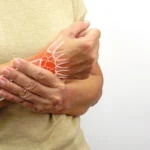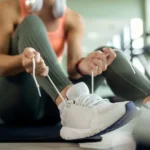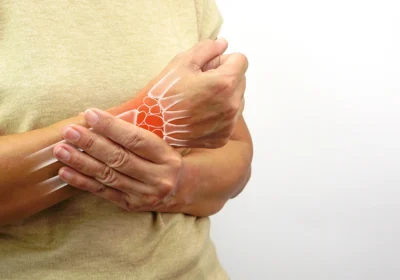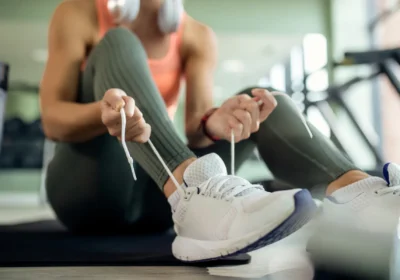
Reclaim Your Posture With Natural Alignment
Maintaining proper posture is vital for overall health, yet many people fail to recognize how their feet influence full-body alignment. Postural issues aren’t just about rounded shoulders—many imbalances begin at the foundation, as the feet serve as the body’s structural base. Discomforts such as backaches, joint stress, and instability often stem from footwear that disrupts natural movement. Traditional shoes, with their raised heels, stiff soles, and restrictive toe boxes, can alter alignment, placing unnecessary strain on the knees, hips, and spine.
Barefoot shoes provide a way to restore natural movement by supporting the body’s intended mechanics. Their flat, or zero-drop, design keeps the heel and forefoot at the same level, promoting a neutral pelvis and spinal alignment. This setup helps reduce lower back discomfort and fosters improved posture. Additionally, a spacious toe box allows toes to splay freely, enhancing stability and alleviating pressure on the joints.
However, footwear alone isn’t the only element affecting postural health. The foot is a complex structure, consisting of 26 bones, over 30 joints, and an intricate network of muscles, tendons, and ligaments that enable movement and support. Conventional footwear can restrict these natural functions, weakening the feet over time. Engaging in activities such as walking barefoot on uneven surfaces or practicing foot-strengthening exercises—like toe mobility drills—can help restore strength and further support proper posture.
A key factor in maintaining proper alignment is proprioception—the body’s ability to perceive movement and positioning. Footwear that permits unrestricted foot function, like barefoot shoes, enhances this sensory awareness by allowing direct ground contact. Improved proprioception contributes to better balance, lowers the risk of falls, and can even enhance athletic ability. Many runners and hikers who transition to barefoot-style shoes report increased control and a stronger sense of stability.
That said, shifting to barefoot shoes should be done gradually. Years of wearing traditional footwear can weaken foot muscles and change walking patterns. To prevent discomfort or injury, it’s best to transition slowly—starting with short wear periods and incorporating exercises to strengthen the feet. This approach allows the body to adjust to a more natural way of moving and aligning itself.
Good posture involves more than just standing upright—it starts with a strong and stable foundation. By addressing imbalances at their root, barefoot shoes offer a practical solution for improving alignment, reducing discomfort, and enhancing overall stability.
For additional insights on how barefoot footwear can support posture and well-being, refer to the accompanying resource.
Content provided by Splay Shoes

















